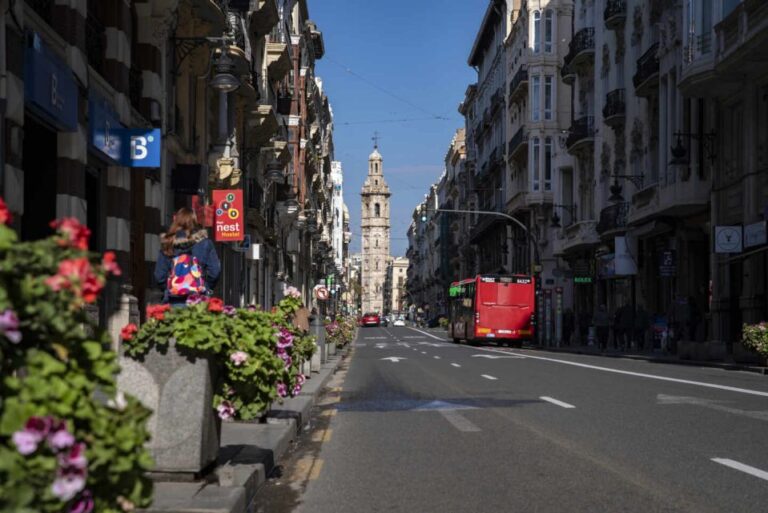Within the grandeur of Versailles, Marie-Antoinette’s Estate and The Trianon Palaces offered a sanctuary of tranquility and refined elegance. The Grand Trianon, Louis XIV’s elegant second residence, showcased opulent interiors and harmonious Italian-inspired architecture. Its adjacent counterpart, the Petit Trianon, provided the queen with a private retreat where she could indulge her passions for gardening and intimate gatherings, free from the formalities of court life. Yet, these lavish royal retreats concealed an intriguing history that revealed the complex relationship between the monarchy and its people during a pivotal period in French history.
Key Points
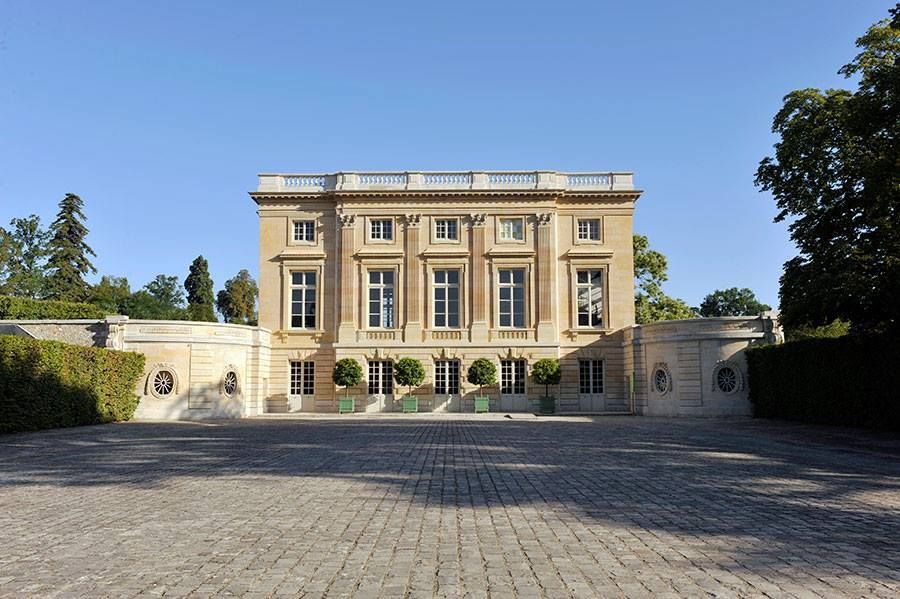
- The Trianon Estate, consisting of the Grand Trianon and Petit Trianon, served as a private retreat for Queen Marie-Antoinette, allowing her to escape court etiquette.
- The Grand Trianon, inspired by Italian architecture, showcased the opulence of Louis XIV’s second residence, while the Petit Trianon offered a more intimate setting for the queen.
- Marie-Antoinette’s Refuge, within the Trianon Estate, provided her with a haven of tranquility and freedom, where she could indulge in gardening and intimate gatherings.
- The Trianon Estate featured lavish royal rooms with ornate furnishings, intricate tapestries, and gilded chandeliers, reflecting the luxury and refinement of the French monarchy.
- The relaxing palace gardens, with manicured pathways, tranquil ponds, and charming pavilions, offered a respite from the formality of Versailles and allowed the royals to unwind.
The Grand Trianon
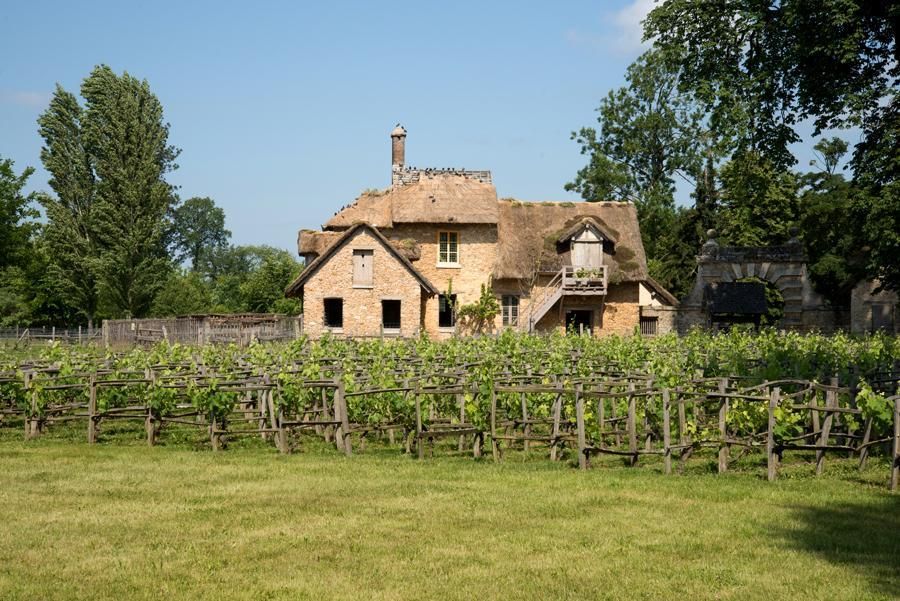
The Grand Trianon was Louis XIV’s second residence, inspired by the elegant architecture of Italy. Situated on the grounds of the Palace of Versailles, it offered the French monarch a more intimate and relaxed setting away from the formality of the main court.
Featuring a harmonious blend of red marble and pink granite, the palace’s interior exuded an air of refined sophistication. Visitors can explore the lavish rooms that were the refuge of French royals, admiring the opulent decor and furnishings.
The Grand Trianon’s beautiful gardens, with their manicured landscapes and tranquil ponds, provide a peaceful respite from the bustling crowds at Versailles.
Whether strolling through the grounds or admiring the palace’s architectural splendor, the Grand Trianon offers a unique glimpse into the private world of France’s monarchs.
The Petit Trianon
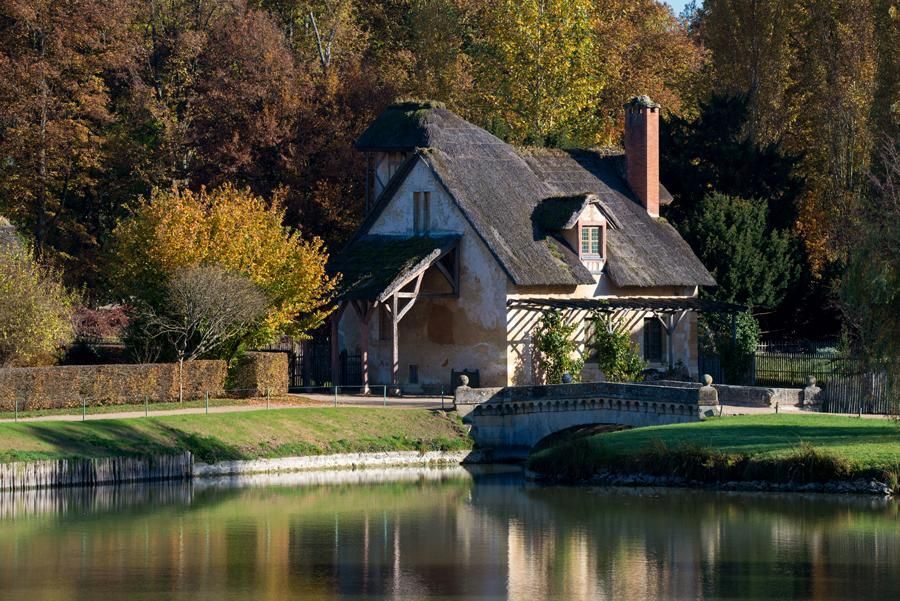
Adjacent to the Grand Trianon, the Petit Trianon and its park were closely linked to Queen Marie-Antoinette, who found a haven of intimacy there, away from the formalities of the main court.
Commissioned by Louis XV for his mistress, the Petit Trianon’s neoclassical architecture and lush gardens provided a private retreat for the queen.
Here, Marie-Antoinette could indulge her passion for gardening and host intimate gatherings away from the prying eyes of Versailles.
Though small in scale, the Petit Trianon allowed the queen to enjoy a sense of freedom and simplicity, in contrast to the opulent grandeur of the main palace.
Visitors can still wander the grounds today, uncovering the secrets of this elegant sanctuary.
Marie-Antoinette’s Refuge
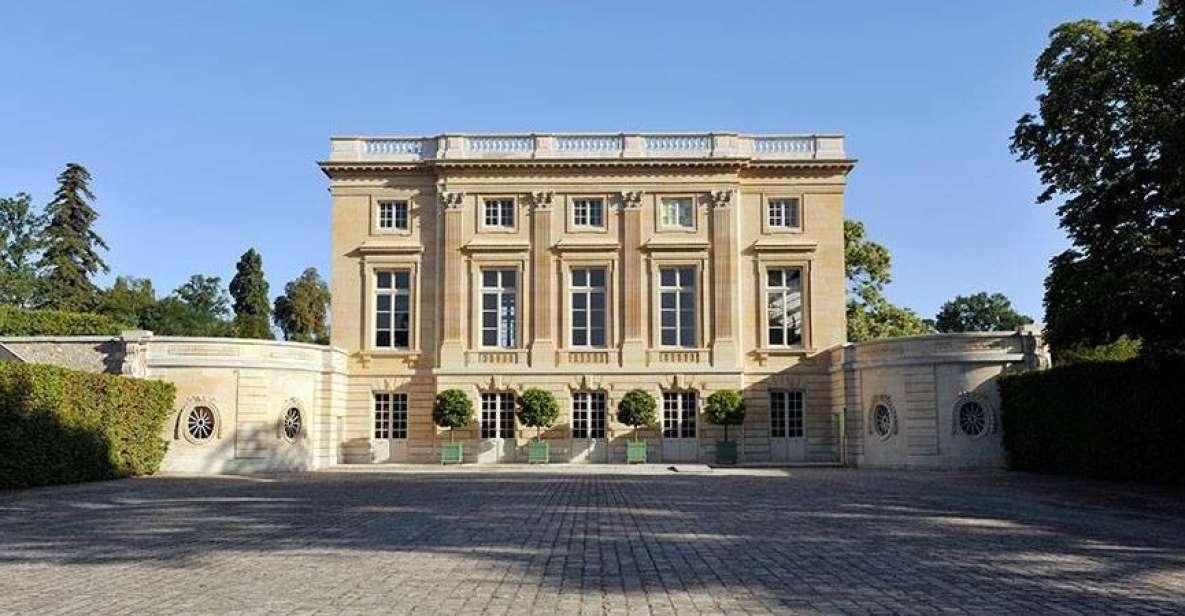
Within the grounds of the Trianon Estate, Marie-Antoinette found a much-needed refuge from the rigors and etiquette of the main court at Versailles.
Gifted to her by Louis XVI, this private retreat allowed the queen to indulge her passion for gardening and entertain guests in a more intimate setting, away from the prying eyes of courtiers.
Strolling through the lush gardens and picturesque farmlands, the queen could momentarily escape the formalities and constraints of her royal position. Here, she could be herself, surrounded by the natural beauty she so deeply cherished.
The Trianon Estate offered Marie-Antoinette a haven of tranquility and freedom, a respite from the demands of her elevated status.
Lavish Royal Rooms
Opulent interiors adorned the various palaces within the Trianon Estate, reflecting the lavish tastes of French royalty. Ornate furnishings, intricate tapestries, and gilded chandeliers graced the rooms, creating an atmosphere of unparalleled grandeur. Visitors could marvel at the attention to detail and the seamless integration of architectural elements that defined the palatial spaces.
The Grand Trianon, with its blend of Italian and French styles, showcased the opulence of Louis XIV’s second residence.
The Petit Trianon, closely associated with Marie-Antoinette, offered a more intimate setting where the queen could escape the formalities of court life.
Stepping into these lavish royal retreats transported guests into a world of luxury and refinement that defined the French monarchy.
Relaxing Palace Gardens

The Trianon Estate’s lush gardens provided a serene escape from the rigors of court life, inviting visitors to wander amid verdant landscapes and tranquil waterways. Manicured pathways wound through meticulously landscaped gardens, past shimmering ponds and charming pavilions. Visitors could stroll through the Petit Trianon’s ornamental gardens, admiring the colorful blooms and fragrant flora. Marie-Antoinette’s rustic retreat at the Hameau de la Reine offered a more natural respite, with its quaint farmhouses, meandering streams, and flocks of graceful ducks. The soothing sights and sounds of these palace gardens offered a welcomed respite from the formality of Versailles, allowing royals and guests alike to truly relax and unwind.
| Garden Area | Key Features |
|---|---|
| Petit Trianon | Ornamental gardens, colorful blooms |
| Hameau de la Reine | Rustic farmhouses, streams, ducks |
| Trianon Grounds | Manicured pathways, tranquil ponds |
| Grand Trianon | Landscaped grounds, pavilions |
Italian-Inspired Architecture
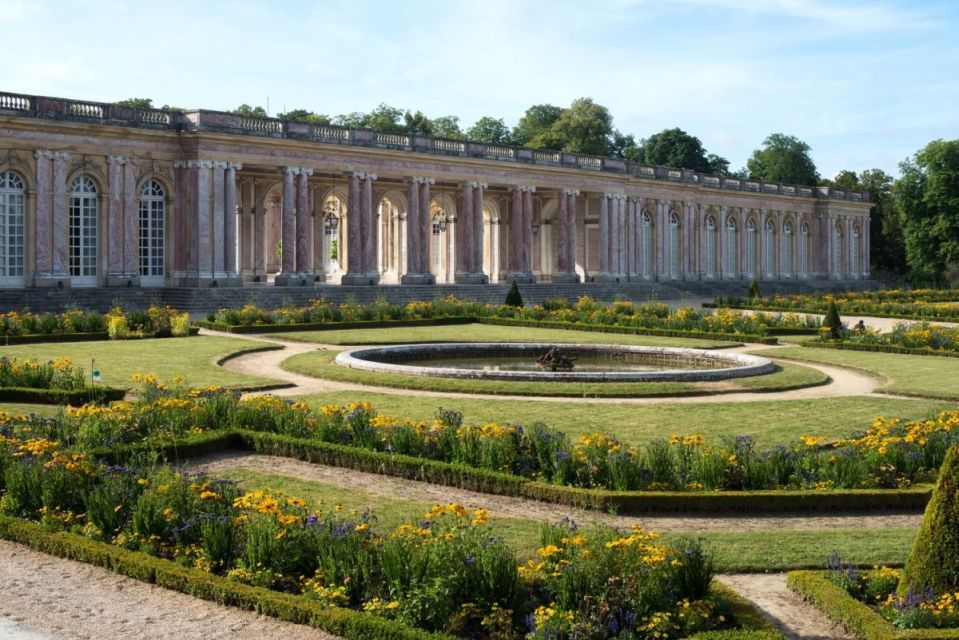
Commanding a prominent position within the estate, the Grand Trianon’s Italian-inspired architecture exuded an air of elegant sophistication.
Designed by renowned architect Louis Le Vau, this majestic palace drew its aesthetic cues from the grand villas of Renaissance Italy, blending classical elements with a sense of refined grandeur.
The striking facade featured elegant columns, ornate pediments, and a distinctive roofline that evoked the grandeur of the Italian countryside.
Inside, the sumptuously decorated interiors showcased the finest craftsmanship, from intricate moldings to opulent furnishings.
This harmonious fusion of Italian style and French opulence made the Grand Trianon a true masterpiece of architectural design, offering a serene retreat from the bustle of Versailles.
Escaping Court Etiquette
Seeking a haven from the rigid court etiquette of Versailles, Marie-Antoinette found solace in her private estate at the Trianon, where she could indulge in a more intimate and casual lifestyle.
Gifted to her by her husband, Louis XVI, the Trianon Estate enabled the queen to escape the formality and constraints of royal protocol.
Here, she could:
- Entertain guests in a more relaxed atmosphere
- Pursue her passion for gardening and farming
- Enjoy the tranquility of the grounds, away from the main palace
This secluded retreat allowed Marie-Antoinette to momentarily shed her regal persona and immerse herself in a world of simplicity, where she savored the freedom to live on her own terms.
Practical Visitor Information
To visit the Trianon Palaces and Marie-Antoinette’s Estate, visitors can take advantage of free entry for children under 18 and EU citizens under 26 with valid ID.
However, access to the gardens may be restricted on certain days, requiring an additional fee.
Arriving early, especially during high season, is recommended to avoid crowds and ensure a more enjoyable experience.
The Estate of Trianon can be accessed after 12:00 PM, and visitors can explore the temporary exhibitions in the Grand Trianon, as well as the Gardens (except on days with musical events) and the Coach Gallery from 12:30 PM.
A Versailles Palace ticket is also included in the visit.
Frequently Asked Questions
What Are the Opening Hours of the Trianon Palaces?
The Trianon Palaces are generally open from 12:00 PM to 5:30 PM, though hours may vary seasonally. Visitors should check the official website for the most up-to-date information on opening times.
Can I Bring My Own Food and Drinks to the Estate?
Visitors are allowed to bring their own food and drinks to enjoy at the estate. However, consuming outside food and beverages is restricted inside the buildings. Picnics are permitted in the designated areas of the gardens.
Are There Any Guided Tours Available for the Trianon Palaces?
Yes, there are guided tours available for the Trianon Palaces. Visitors can choose from self-guided audio tours or join a live tour to learn about the history and architecture of these lavish royal retreats.
Is There a Dress Code for Visiting the Trianon Palaces?
There is no strict dress code for visiting the Trianon Palaces, but visitors are encouraged to dress respectfully. Casual attire is generally acceptable, though guests may want to avoid overly revealing or casual clothing out of consideration for the historical site.
Can I Take Photos Inside the Trianon Palaces?
Visitors can generally take photos inside the Trianon Palaces, but flash photography is not allowed to protect the historic interiors. Photography rules may vary for certain rooms or exhibits, so it’s best to check on arrival.
Recap
Marie-Antoinette’s Trianon Estates offered the French royals a serene oasis within Versailles’ grandeur.
The opulent Grand Trianon and private Petit Trianon provided refined elegance and relaxing gardens, allowing the royals to escape the formalities of court life.
This harmonious blend of lavish interiors and charming natural landscapes showcased the Trianon’s enduring appeal as a cherished royal retreat.



